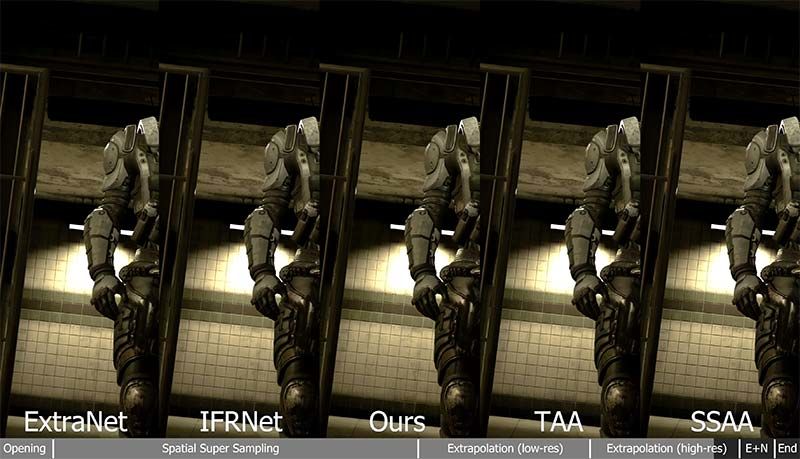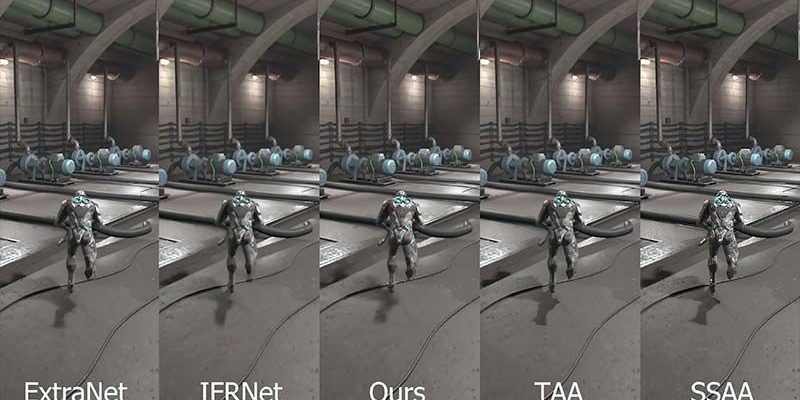What is Intel ExtraSS Technology, developed in response to NVIDIA DLSS and AMD FSR 3 technologies? Can it compete with AMD FSR 3.0 and NVIDIA DLSS 3?
Intel’s efforts to compete with NVIDIA and AMD in graphics continue. Last announced What is Intel ExtraSS technology? In this article, we will comment on what Intel will offer based on the statements made about its new “Frame Creation Technique Intel ExtraSS” and at what stage it may be compared to its competitors.
What is the New Frame Rendering Technique Intel ExtraSS Technology? Can it compete with AMD FSR 3.0 and NVIDIA DLSS 3?
Intel shared the first information about ExtraSS, its new frame generation technology developed in response to AMD’s FSR 3.0 FG and NVIDIA’s DLSS 3 Frame Generation. The blue team claims that ExtraSS will improve real-time rendering performance by combining frame extrapolation and spatial supersampling.
What is Intel ExtraSS Technology?
The main distinction between ExtraSS and DLSS 3/FSR 3.0 lies in the framing technique. ExtraSS uses extrapolation, while DLSS 3 and FSR 3.0 prefer the interpolation method. Extrapolation does not cause an increase in input lag, but carries a greater risk of artifacts than interpolation.
You can find Intel’s statement below:
“Frame interpolation and extrapolation are the two primary methods of Temporal Supersampling. Generally, frame interpolation produces better results but also introduces latency when rendering frames. NVIDIA Reflex, which reduces latency by using a better timer for inputs [NVIDIA2020] Note that there are some existing methods such as , but these cannot avoid the delay caused by frame interpolation and are orthogonal to the interpolation and extrapolation methods.
Interpolation methods still have larger latency even with these techniques. Frame extrapolation has less latency but has difficulty processing discrete fields due to the lack of information from input frames. “Our method proposes a new warping method with a lightweight streaming model to predict frames with better qualities than previous frame generation methods and to predict frames with less latency compared to interpolation-based methods.”
ExtraSSIn theory, it could offer a better gaming experience, but it’s not yet clear if it can match the image quality of Intel’s DLSS 3 and FSR 3.0. Intel also released some screenshots comparing ExtraSS to other technologies. These screenshots look encouraging, but we’ll have to run our own tests to fully evaluate ExtraSS’s performance.

What is Intel ExtraSS Technology?
The article explains the concepts of spatial and temporal supersampling while discussing the challenges of achieving real-time imaging with high-quality results. Intel’s research paper proposes a unified framework combining spatial upscaling and frame extrapolation to challenge these technologies.
While AMD’s FSR 3.0 looked great in early testing, it had some issues upon launch. Although improvements have been made over time, DLSS 3 remains superior to FSR 3.0.
Importantly, ExtraSS will be compatible with all GPU manufacturers and, unlike DLSS 3, will not be exclusive to Intel GPUs. This makes it interesting whether ExtraSS will be preferred by developers over FSR 3.0.
